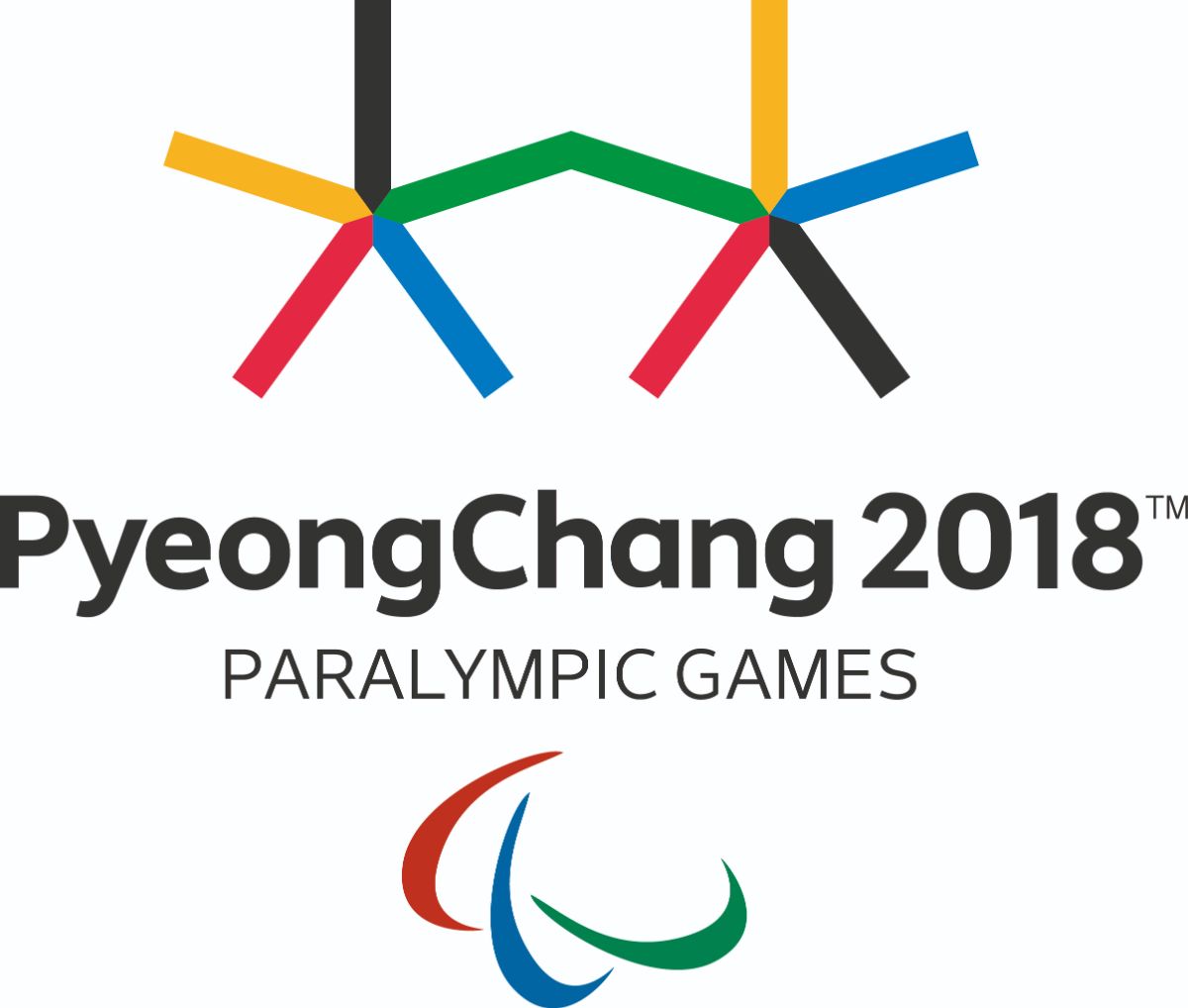JEONGSEON ALPINE CENTRE - Alpine skiing and snowboard
Competitions at the PyeongChang 2018 Paralympic Games will take place in two clusters: the PyeongChang Mountain Cluster and the Gangneung Coastal Cluster.
The venue for Para alpine skiing and Para snowboard will be contested at the newly built Jeongseon Alpine Centre, located in the Mountain Cluster.
The Jeongseon Alpine Centre will hold 30 alpine skiing medals events (15 men’s and 15 women’s) in downhill, slalom, giant slalom, super-G and combined; and 10 snowboard events (six men’s and four women’s) in snowboard-cross and banked slalom disciplines. For the Olympics, alpine skiing technical events were held at the Yongpyong Alpine Centre, and snowboard events at the Pheonix Snow Park, both also in the Mountain Cluster.
Venue manager Jeong Du-hwan, said on PyeongChang2018.com that the venue is particularly an ideal location for alpine speed events (super-G and downhill).
He said the slopes had to be situated within 30 to 40 minutes from the Olympic Village and the other venues. The centre’s management facilities include one gondola, two lifts, a snowmaking machine, hydrant (water supply facilities) and detention pond, management office, and snowcat (snowmobile) storage.
“All alpine centres use artificial snow to make the slopes firm, like the surface of an ice rink,” Du-hwan said. “The snow has to be over 120 cm thick, which is three to four times thicker than the snow on a regular ski slope. The top layer of the snow, which is about 20 to 40 cm thick, is artificially frozen by pouring water on it. It’s so firm and slippery that is even hard to stay standing upright on it. That is the best snow surface for alpine skiing competitions.”
Preparing the course for technical events (slalom and giant slalom) is much different.
“On the courses for the alpine speed events, we spray water on the surface of the snow in order to pack it down. For technical events, however, we inject water directly into the snow to solidify it. This process is very important,” Du-hwan said.
A medical helicopter must always be ready to transport injured athletes and safety nets installed along the venue course.
The safety nets are classified into three types: A, B, and C nets. A-nets are the tallest (3 m) and strongest nets, followed by B-nets and C-nets. The locations of the nets are determined in consideration of safety, and the nets are sometimes overlapped, where necessary.
Jeongseon Alpine Centre (newly built facilities)
Size: Four slopes (two for competitions, two for practice events)
Capacity: 6,500 people (3,600 seats, 2,900 standing)

 Facebook
Facebook
 Instagram
Instagram
 Twitter
Twitter
 Youtube
Youtube
 TikTok
TikTok
 Newsletter Subscribe
Newsletter Subscribe
